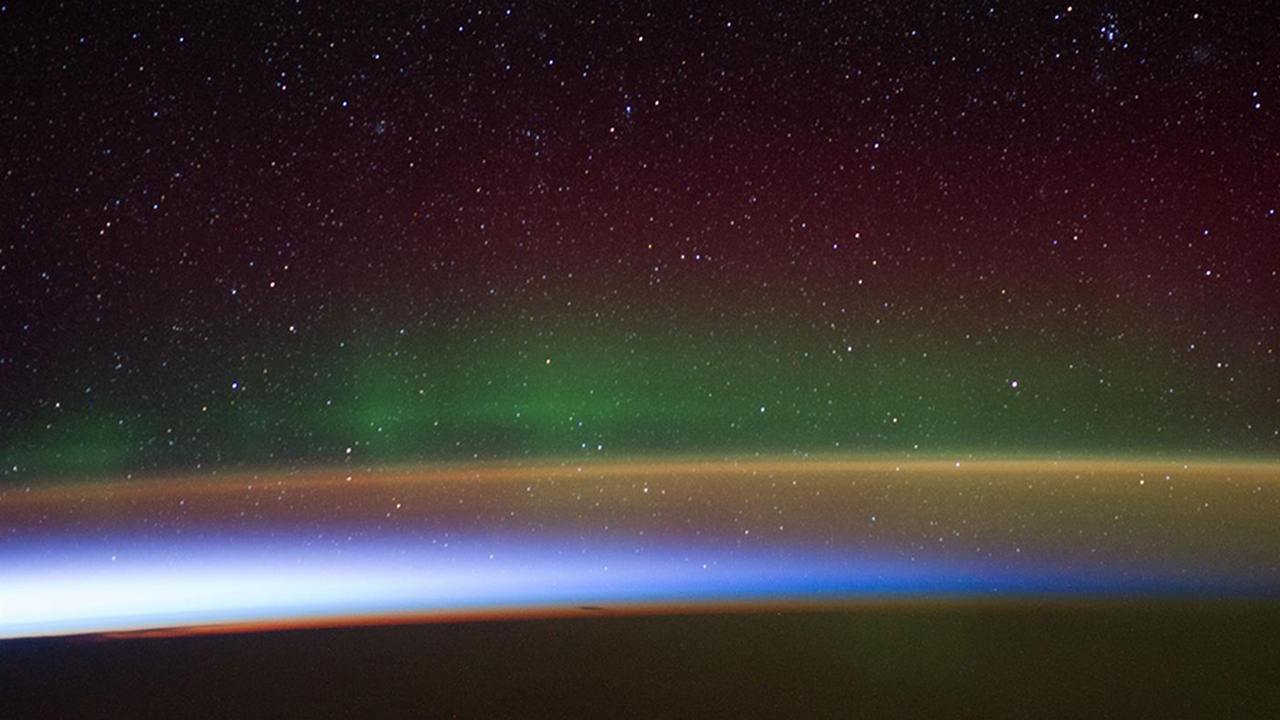Every year on 16 September, the International Day for the Preservation of the Ozone Layer is celebrated across the globe. On this day 32 years ago, 197 countries signed a treaty to phase out the use of the substances that harm or deplete the ozone layer. “The Montreal Protocol on Substances that Deplete the Ozone Layer” was thence accepted on 26 August 1987 by the United Nations (UN), enforced on 16 September 1989, and is popularly considered the most successful international environmental treaty till date. Since the 1990s, the size of the annual “ozone hole” that develops over the frigid South Pole has reduced progressively. Once a pressing environmental concern, the ozone hole depletion is one of the lesser environmental concerns today. The decision to commemorate the date, was made by the UN General Assembly on December 2000. The theme for this year is 32 years and healing.
What is the ozone layer?
The ozone layer is a part of the atmosphere that has high concentrations of ozone (a gas made of three oxygen atoms O3), compared to oxygen molecules that exist in nature as a pair of oxygen atoms. It exists 10km to 40km above the surface of the earth in a region called the stratosphere and contains 90 percent of all the ozone in the atmosphere. [caption id=“attachment_7346081” align=“alignnone” width=“1280”] The Aurora Borealis from space. image credit: NASA[/caption] The layer is formed when oxygen molecules are
broken apart by the ultra-violet (UV) rays of the sun in the stratosphere. This causes some of the reactive oxygen atoms to combine with oxygen molecules to form ozone. In the troposphere, the ozone is formed by a different set of chemical reactions that involve naturally occurring gases and those from pollution sources. The Ozone layer forms a natural shield that protects the Earth from the harmful UV rays of the sun, for which it gets the term “good ozone”. There is also “bad ozone”, which harms animals, plants and human beings. This ozone is the excess released from the ground as pollution from cars, power plants, industrial boilers, refineries, chemical plants, and other sources react chemically in the presence of sunlight. Ozone can also form naturally near the surface and in the lower atmosphere. This is beneficial since has a role to play in removing pollutants from the atmosphere. Using certain compounds, like Hydrochlorofluorocarbons (HCFC) and Chlorofluorocarbons (CFCs) can mess around with the formation of ozone. This can cause gaps or ‘holes’ in the layer, and allow harmful UV radiation from the sun to pass through the atmosphere without reflecting some of it away. The ozone hole over Antarctica was first discovered by the British Antarctic Survey in 1985. Subsequently, the Montreal Protocol among other smaller efforts have helped fill the slowly-shrinking hole. [caption id=“attachment_7346071” align=“alignnone” width=“1000”]
An image of the hole in the ozone above Antarctica. Image credit: UN/NASA[/caption]
What are CFC?
One of the main causes of the hole in the ozone layer is the emission of compounds that interact with ozone itself, like chlorofluorocarbons (CFCs) and the hydrochlorofluorocarbons (HCFCs). CFCs are a class of compounds of carbon, hydrogen, chlorine, and fluorine, typically gases used in refrigerants and aerosol propellants. They are harmful to the ozone layer in the earth’s atmosphere owing to the release of chlorine atoms on exposure to ultraviolet radiation. HCFCs are a group of man-made compounds containing hydrogen, chlorine, fluorine and carbon and do not occur naturally anywhere. The production of HCFC began to take off after countries agreed to phase out the use of CFCs in the 1980s. These compounds are used in refrigeration, aerosol propellants, foam manufacture and air conditioning. Unlike CFCs, most HCFCs are broken down in the lowest part of the atmosphere and pose a much smaller risk to the ozone layer. They are still very potent greenhouse gases. HCFCs are nearly 2,000 times more potent than carbon dioxide in adding to global warming and the complete disuse of this compound is still a major struggle.
Effect of the Montreal Protocol today
The Montreal Protocol has been dubbed the world’s **most successful environmental agreement** . The Treaty is slowly but surely reversing the damage caused to the ozone layer by industrial gases. As the gases have been phased out, the hole over Antarctica is slowly reducing and the concentration of the harmful gases have fallen by 14 percent since 2000. As per an assessment released in 2014, it will take the hole 30-40 years to shrink to the size it was in 1980. Some of our other stories on the International Day for Preservation of the Ozone Later: **Exposure to ozone near the ground at low levels continues to affect health** **32 years of the Montreal Protocol, the ozone layer is still on the mend** **Five questions you wanted to ask about the depletion of the Ozone layer** **Dirty air from Gangetic plains, central India messing up the ozone neighbourhood**


)
)
)
)
)
)
)
)
)



